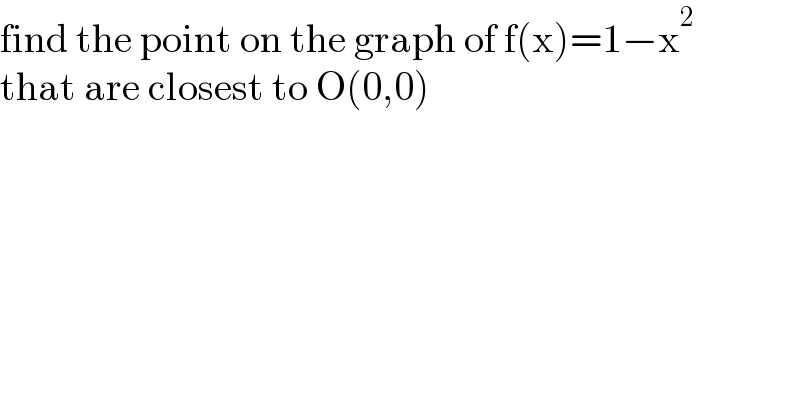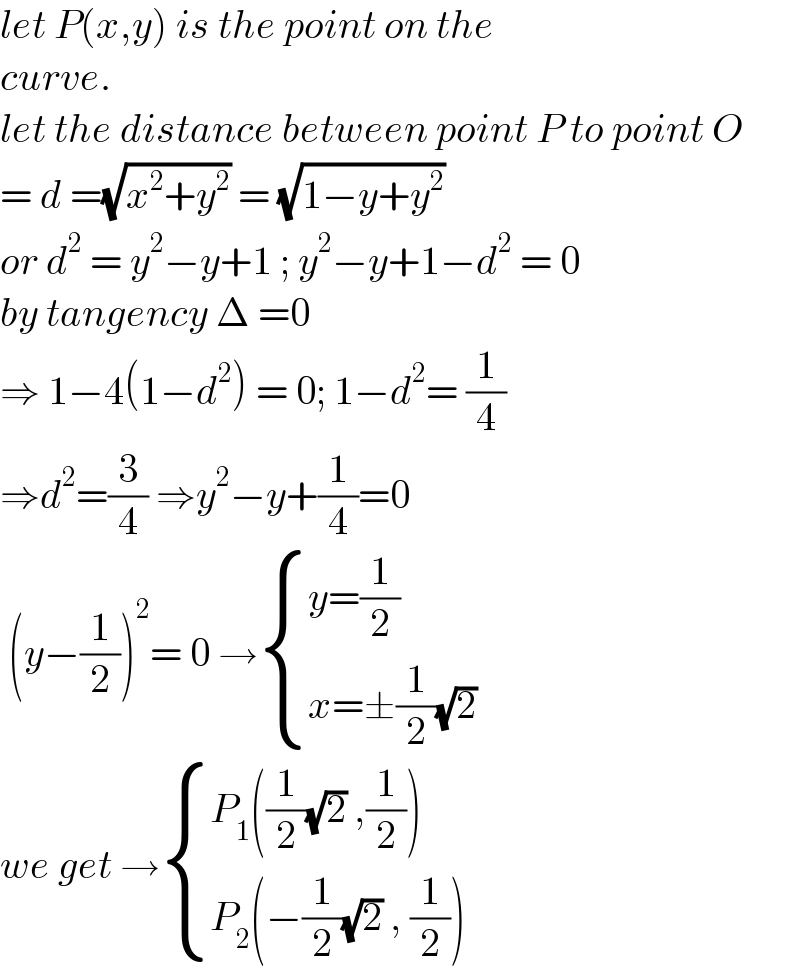
Question and Answers Forum
Question Number 131188 by abdurehime last updated on 02/Feb/21

Answered by john_santu last updated on 02/Feb/21

Commented by abdurehime last updated on 02/Feb/21

Answered by mr W last updated on 02/Feb/21

| ||
Question and Answers Forum | ||
Question Number 131188 by abdurehime last updated on 02/Feb/21 | ||
 | ||
Answered by john_santu last updated on 02/Feb/21 | ||
 | ||
| ||
Commented by abdurehime last updated on 02/Feb/21 | ||
 | ||
Answered by mr W last updated on 02/Feb/21 | ||
 | ||
| ||